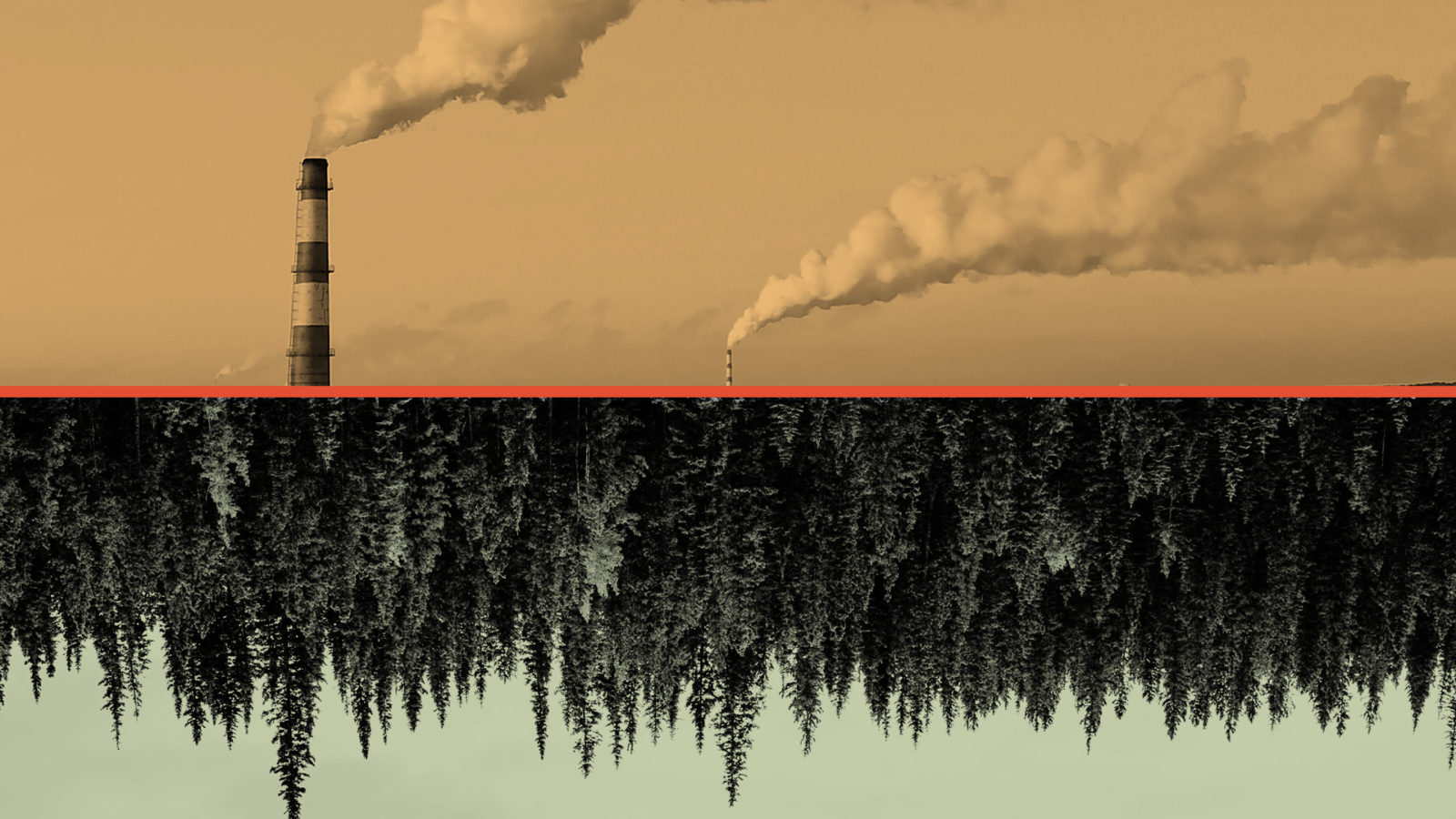Life on Earth is, in itself, a miracle. The conditions produced by the delicate balance of Earth’s planetary systems has allowed modern humans to flourish and thrive over thousands of years. But, while we relish in the gifts this planet has given us, the fragile systems that sustain us — and all other life on this planet — are in peril.
Right now, the Earth is the hottest it’s been in 12,000 years as a direct result of anthropogenic climate change. Humans have gravely altered our climate through the burning of fossil fuels and the degradation of ecosystems — such as rainforests, wetlands, and oceans — that have an innate ability to mitigate excess planet-warming gases.
While a shift in our climate is all but guaranteed due to our history of polluting the atmosphere, the latest research indicates that humans can still control just how bad the climate crisis gets. As of today, the concentration of carbon dioxide in the atmosphere sits at 413 parts per million (ppm), which is the highest level it’s been in 800,000 years. With the concentration so high and the climate already having warmed a full degree Celsius, some impacts of climate change are inevitable. We’re already seeing these impacts materialize; 2020 was tied as the warmest year on record and the U.S. experienced over 20 climate-fueled disasters, each totaling over $1 billion in damages.
Earth could turn into a “hothouse.” What does that mean and what can we do about it?
We still can stabilize the climate
In some corners of the scientific community, climate change is viewed as an issue that is beyond the point of no return. Since carbon dioxide can remain suspended in the atmosphere for decades, some scientists have concluded that concentrations of the planet-warming gas would continue to warm the climate long after emissions were halted.
New research, however, refutes those claims and points out that there is hope. We can stabilize the climate if emissions drop to net-zero — meaning the remaining human-caused emissions balance out by removing the emissions from the atmosphere — which would limit warming and return the climate to a more steady state of being before we cross a tipping point. If humans are able to stop burning fossil fuels and emitting greenhouse gases, then the climate could level out in as little as ten years, as opposed to the previously held notion that it could take up to 20–25 years for stabilization.
What scientists had failed to account for in previous modeling was the influence that ecological dynamics have on atmospheric carbon dioxide concentrations, which naturally work to remove the gas. This includes the role nature plays in sequestering carbon, such as how wetlands, for example, are able to sequester and store massive amounts of carbon within their soils.
In an article from InsideClimate News, climate scientist Joeri Rogelj, a lead author on the upcoming IPCC report, remarks, “It is our best understanding that, if we bring down CO2 to net zero, the warming will level off. The climate will stabilize within a decade or two […] There will be very little to no additional warming. Our best estimate is zero.”
Over 100 countries around the world have already committed to achieving net-zero emissions, and under President Biden, the U.S. recently committed to net-zero emissions by no later than 2050. For the second largest contributor to climate change, that’s a good sign.
Dr. Michael Mann, a renowned climate scientist, comments on this revised scientific positioning on climate change in The Guardian, stating “What this really means is that our actions have a direct and immediate impact on surface warming. It grants us agency, which is part of why it is so important to communicate this current best scientific understanding.”
“This is not a science problem anymore, it’s an everything problem.”
Listen to our podcast with Dr. Genevieve Guenther about the pervasiveness of climate change and why our communications around the issue need to change.
What happens next is up to us
The big takeaway from these developments in climate science is that climate change may not be the end of life as we know it. We’re not necessarily doomed. There is, in fact, still time to create a future where our planet remains livable for future generations, a planet that continues to sustain prosperous and healthy societies. Ultimately though, it’s up to us to put in the legwork to create that world in the present because the lives and security of future generations are, quite literally, in our hands now.
With a change in leadership here in the U.S., we’ve seen President Biden take monumental steps towards achieving net-zero emissions and establishing the national framework we so desperately need to fight climate change from every facet of society. From stopping fossil fuel subsidies and mandating clean energy procurement, to centering climate change in both national and foreign policy, we can expect to see serious change as we help set the tone for global climate action.
Although the research provides a newfound hope that we can reverse course on climate change, it doesn’t give us any more time to wait. To even begin reversing the climate crisis, we’ll need to cut emissions in half by 2030 in order to achieve net-zero and begin removing heat-trapping gases from the atmosphere by 2050, and that effort will need to come from a breadth of policy solutions to aid in this transformative shift. We’ll need to ramp up clean energy; implement carbon pricing programs; transition to all electric vehicle fleets; invest in reforestation, ecosystem restoration, and preservation; and so many more solutions rooted in equity and justice that will advance a sustainable future for our world. While hope is not lost, we’ve been given the opportunity to seriously act today to create a livable future for tomorrow.









